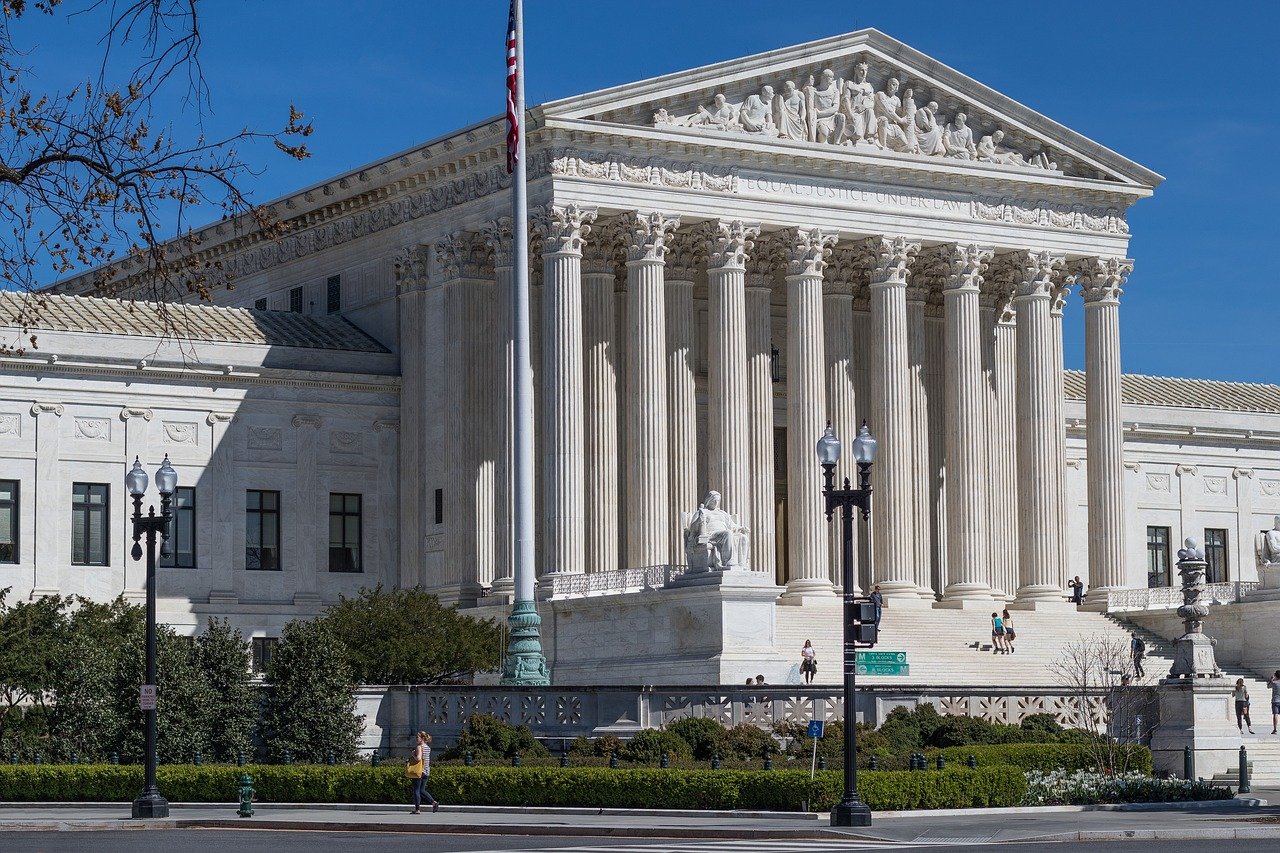The US Supreme Court heard arguments Monday morning in the first two cases of the 2020 term. Initially scheduled for March and April, respectively, the arguments were postponed in response to the COVID-19 pandemic. The justices heard the oral arguments by phone to maintain social distancing protocols.
John Carney, the Governor of Delaware and the petitioner in the first case, Carney v. Adams, filed a Petition for Writ of Certiorari in September 2019. The writ came after the US Court of Appeals for the Third Circuit ruled that Delaware’s “bare majority” provision, meant to achieve a balanced judiciary, violates the First Amendment. Respondent James Adams claims that the provision prevents him from being considered for public office regardless of his political affiliation (although he has yet to apply for such a position). If the Supreme Court upholds the lower court’s decision, Delaware may have to change its political processes.
The second case, Texas v. New Mexico, originated over 25 years ago when the states of Texas and New Mexico litigated interstate water disputes and water allocation for the Pecos River. While this case have been relatively inactive since the 1990s, an accounting dispute in 2014-15 prompted recent litigation. While storing water in preparation for irrigation use, Texas lost over 21,000 acre-feet of water to evaporation. Although they argued that New Mexico should bear this loss, the court-appointed river master placed the burden on Texas. Accordingly, this case has important implications not only for river water economics but also for the future scope of the river master’s duties and authority.
These arguments mark the beginning of a term that will undoubtedly be subject to massive public and political scrutiny. Chief Justice Roberts opened the term by recognizing the late Justice Ruth Bader Ginsburg, whose replacement may undergo confirmation hearings as early as next week.


